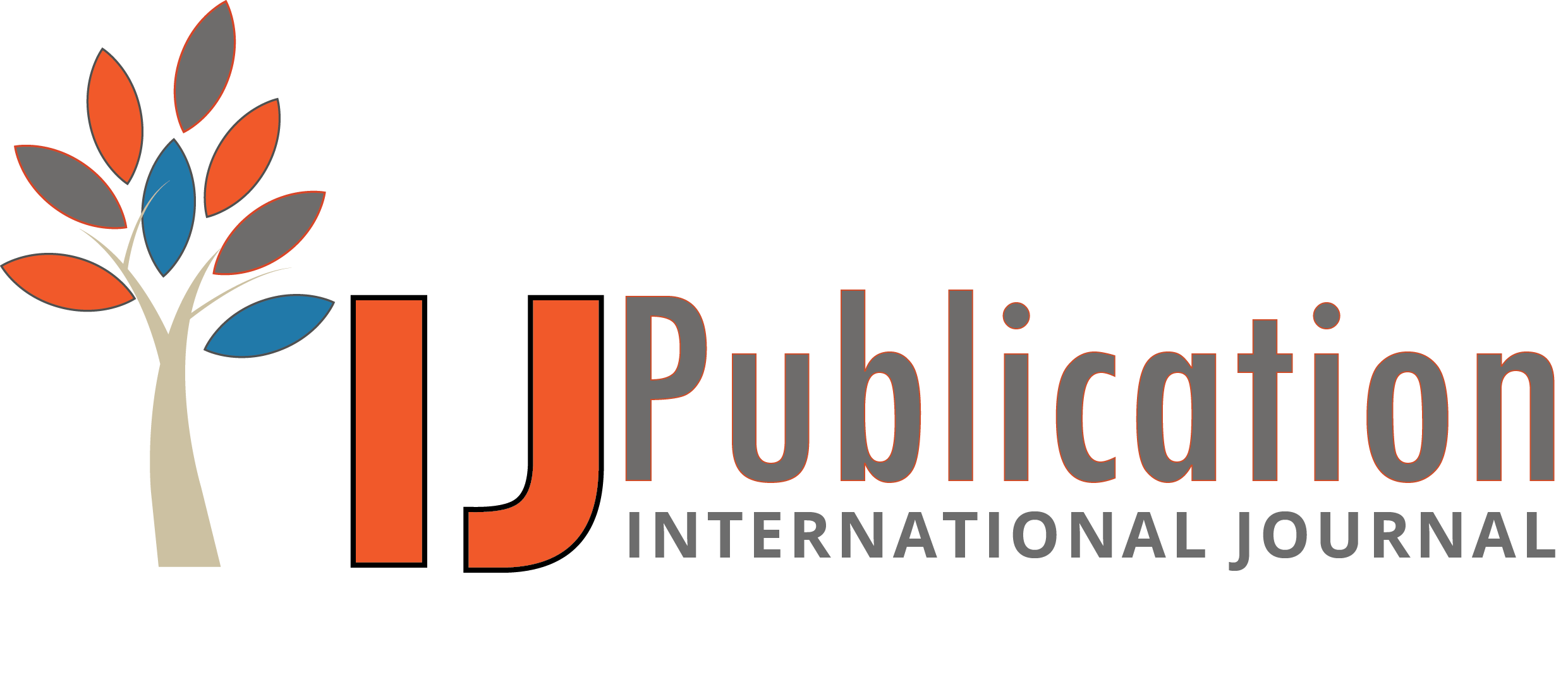Balachandar Ramalingam Reviewer
15 Oct 2024 05:45 PM
 Approved
Approved
Relevance and Originality
This research article addresses a critical area of study by exploring the integration of IoT, machine learning, and geospatial technologies in water quality monitoring. The relevance of this work is underscored by the increasing global concerns regarding water quality and availability amid environmental challenges. By proposing a data-driven approach, the article emphasizes the necessity for innovative solutions to traditional water quality assessment methods, highlighting the potential for real-time monitoring and improved decision-making. The originality of the research lies in its multidisciplinary approach, combining various technologies to enhance the accuracy and efficiency of water quality assessments, which could significantly impact sustainable water management practices.
Methodology
The methodology presented in the paper effectively outlines the incorporation of IoT sensors, machine learning models, and GIS applications for water quality monitoring. The use of real-time data generation through IoT and the application of various machine learning techniques, such as support vector machines and neural networks, indicates a comprehensive approach to addressing water quality challenges. However, the methodology section could benefit from further elaboration on how these technologies were integrated and tested. Including specific case studies or pilot projects that illustrate the implementation of these technologies would enhance the methodological rigor and provide practical insights into their application.
Validity & Reliability
The validity of the findings is supported by the discussion of established technologies and methods, which are widely recognized in the field of environmental monitoring. The combination of IoT, machine learning, and GIS for real-time water quality analysis provides a solid basis for the conclusions drawn in the study. To improve reliability, it would be beneficial to include empirical data or results from real-world applications that demonstrate the effectiveness of the proposed integration. Presenting statistical analyses or performance metrics from case studies would strengthen the reliability of the claims made regarding the accuracy and efficiency of the system.
Clarity and Structure
The article is structured logically, presenting a clear flow from the introduction of the problem to the discussion of technological integration. However, certain technical concepts may be challenging for readers who are not familiar with IoT or machine learning. To enhance clarity, the authors could define key terms and concepts and provide examples of their application in the context of water quality monitoring. Additionally, incorporating visual aids such as diagrams or flowcharts could help illustrate the integration of technologies and their respective roles in the monitoring process, making the information more accessible.
Result Analysis
The result analysis effectively underscores the advantages of integrating IoT, machine learning, and GIS technologies in monitoring water quality. The article highlights the potential for these technologies to provide actionable insights for decision-makers, contributing to sustainable water management. However, a more in-depth analysis of specific outcomes and metrics from implemented systems would provide a clearer picture of the effectiveness of the proposed approach. Discussing the limitations of current methods and the potential challenges in adopting these technologies would also present a more balanced view. Finally, recommendations for future research could be outlined to explore further advancements in this field and address any unresolved issues regarding water quality monitoring and management.








Balachandar Ramalingam Reviewer